Author Interview with Julie Tetel Andresen
I love getting up in the morning and writing my stories. What a great job! And the worst part? A negative review. Horrible!
2. You write historical romance novels set in various eras. Do you have a favourite era – and if yes, what makes it so special?
My first novel is My Lord Roland, set in 13th-century England. I thought I would always write medievals, because I find that time-period spectacularly romantic, and not only because it was the time when the romance narrative form came into being. Castles, knights, ladies, jousts, heraldry – I thought I’d never get enough of it.
However after writing three medievals, I knew I had mined what I wanted from the time period: My Lord Roland explores castle life, Catherine of York takes a tour through town life, and Simon’s Lady is all about court life. So that was that.
The Regency period is also endlessly romantic, but here again I’ve only written three: Lord Laxton’s Will, The Temporary Bride, and French Lessons.
As I started exploring other eras I came to realize they’re all equally compelling. Here’s an unusual one: London in 1950. Sure, there are plenty of stories set in WWII London. Regency London is superb as a setting. So is contemporary London. But 1950?
I had a story I just had to write, and it was set in London in 1950. It involves an architect who feels pressure to help rebuild the bombed-out city and a young woman who comes to work from him. I loved immersing myself in the time period, reading up on architecture, even reading issues of the London Times from 1950. The result is Drawn to Love.
3. What inspired the Timeslip Series and its intriguing titles?
I thought I’d always be a historical writer (just like I thought I’d always write medievals), but then I started traveling a lot internationally, and I realized I was going to all these amazing places that I wanted to write about. But I didn’t want to give up historicals, so I figured writing timeslips – aka reincarnation romances – would give me the best of both worlds.
The three books of the trilogy are all stand-alone, but they share common elements: a double romance (one 100 years ago, one contemporary), 3 global locations (different ones in all 3 books), karmic pods of characters (usually about 6), and a science mystery.
As for the titles, the Book of Hours is a Christian devotional book popular in the Middle Ages (speaking of medievals!) and is the most common type of illuminated manuscript. I’ve always thought those books were gorgeous. They mark the passage of time, and at the same time they’re extraordinary and out-of-time. So my Timeslip Series is my version of a Book of Hours.
I chose the colors to go with the themes of the books.
The Blue Hour is moody and thematizes Impressionist painting, and it was easy for me to think of the blues in Monet’s Water Lilies. L’heure bleue is a perfume by Guerlain. I bought a bottle when I was writing the story and discovered I didn’t like the scent. But I still like the name. The story is set, in part, in Paris of the 1880s and the present.
The Crimson Hour deals with red tides (an oceanic phenomenon), communism/post-communism, Chinese wedding dresses (traditionally red), anger, and anything else red I could think of. Two of the three global locations, namely Romania and Hong Kong, have a relationship to communism.
The Emerald Hour has an eco-plot involving rubber trees. So green was the obvious way to go. Brazil is a location, both Rio and the Amazon. So is Kew Gardens in London. So the plot and the settings involve lots of plants.
4. Do you have to do a lot of research for your books? How do you go about it?
Historicals: Like any other historical novelist, I’ll say that I use 10% of my research. We historical novelists love our research. We know not to use all of it but rather just a sprinkling of it.
Since I can’t evoke the whole of a time period, I use my research strategically, by choosing only a couple of elements in a time period to foreground. In Suspicious Hearts, a romance/murder-mystery set in early 18th-century London, I chose to focus on three elements: i) the vogue for chinoiserie, which was the European interpretation of Chinese style in art, furniture, and even clothing; ii) funeral customs; and iii) the background of Marlborough’s Wars, since the hero is an ex-soldier.
Contemporaries: I travel, travel, travel and pay lots of attention to where I am. I like to stay in a place for a while to learn the language and really get a sense of things.
In 2012 I lived for 6 months in Vietnam. I had no idea I was going to write any stories set there, but one day I woke up and started writing Tied Up, then came Captured, and this past September Knocked Out was published. The three stories together are my Forest Breeze Series.
5. Any hidden talents or crazy facts about you?
I’m a pretty darned good bowler.
6. You have lived in various countries. Has that influenced your writing in any way?
Yes, yes, and yes. I spend summers in Romania. One of the 3 global locations in The Crimson Hour is Bucharest, Romania. I know the place really well. Vietnam, as I’ve just said, has also been an inspiration.
In 2014 I spent a couple of months in Ulan Bator, Mongolia. I don’t currently have a story in mind for that location, but who knows, maybe one day I’ll wake up and there it is.
7. Tell us about the one thing you can’t write without.
Iced tea.
8. Do you have any advice for (aspiring) authors?
Be true to yourself and your voice. Aspiring authors sometimes lack confidence – understandably, given how hard it is to get a story onto the page and then to imagine if anyone else in the world would be interested in it.
As an aspiring author, believe that the world – whatever subsection of it may be relevant – needs your story. Yes, needs. It’s taken me a long time to understand this about my own writing. If you do your job with heart and integrity, there will be a reader who will find something they need in your story – whether you intended it or not. You, the author, produce what you produce. It’s not your job to determine what it will mean to another person. But know that someone will need it.
9. If you had to live in one of your contemporary novellas as a protagonist, which one would you choose?
What a wonderful question! I’ll say Dayna DeMarco from DeMarco’s Café because she was born and raised and lives in the coolest place in New York City, namely Soho.
10. What are you currently working on?
I just finished Love After All, which is a story about a pair of 50-somethings who are at the top of their professional game but rusty on dating chops. I loved getting into the heads and lives of older characters.
So now I’m moving into shape-shifter romance. I have a trilogy in mind, but before beginning on that, I’ve just started a long short story (100 pages) called The Alpha’s Edge that I will serialize on my blog this spring.

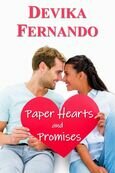
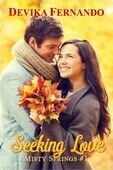
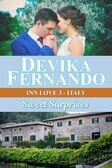
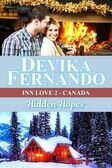
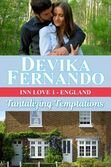
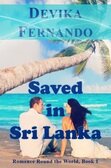
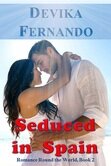
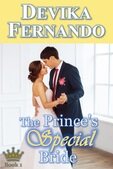
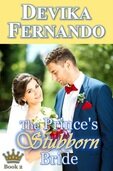
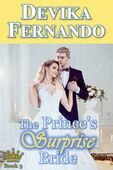
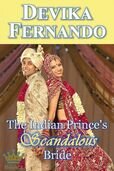
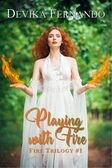
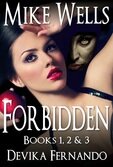
 RSS Feed
RSS Feed